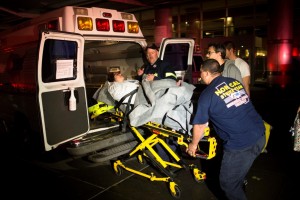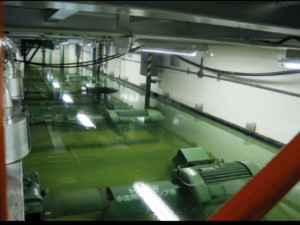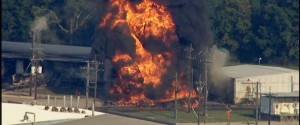Understand the Limitations of Backup Generators
Lack of Maintenance & Inadequate Sizing are the Primary Causes of Backup Generators Failing
Ran Out of Fuel
Breaker Trip
Installation in Locations
That Flood
Single Point Failure
Fuel Contamination
Battery Failure
Low Coolant Levels
Oil, Fuel, or Coolant Leaks
Controls Not in Auto
Air in the Fuel System
Backup generators have an alarmingly high failure rate with major unintended consequences. According to the Electric Power Research Institute, backup generators fail 20% to 30% of the time. The causes of these failures are all directly related to the reality that they are used infrequently. Generators that run infrequently have higher failure rates than those that run daily because the longer the equipment is not used the more it will degrade from the effects of weather, fuel contamination, battery failures, and other maintenance related problems. All generators have daily, weekly, monthly, annual, and service hour interval maintenance that must be performed for them to operate reliably. Although many generators are run briefly once per week, these brief sessions are usually too short to completely clean out the fuel system.
Backup generators are often installed when facilities are built and are ignored as their use and operations change. All are subject to limitations of both fuel storage and generating capacity. Fuel capacity is usually measured in hours making the facility vulnerable to longer duration outages from events like hurricanes that last for days. Without resupply of fuel, the facility will fail. Because of the cost of backup systems, many facilities only backup a limited number of circuits (e.g. the refrigerators) such that the backup only protects a limited portion of the facility but is not able to power the entire facility.
Finally, most backup generator systems are not designed for N+1 reliability and have multiple single points of failure. Effective backup systems will have multiple levels of backup combined with smart controls that can adjust both loads and generation as various sources of power fail and/or come online. This can require significant investment in power generation, switchgear, control, thermal and electrical storage systems, and building systems.
The consequences of backup generator failures can be extremely severe and can lead to loss of life and even evacuations of surrounding areas. Generator failures at hospitals are common during extreme weather events—particularly during and after hurricanes and flood events. All but one hospital in Puerto Rico lost power and shut down for some part of Hurricane Maria and the months of power outages that followed. Many had to evacuate their patients and/or had deaths that would otherwise have been avoided. Flooded generators at Fukushima (middle picture) caused the cooling pumps to fail enabling a nuclear disaster. Another generator failure in Texas (bottom middle) caused a fire and chemical spill at a chemical manufacturing plant.



